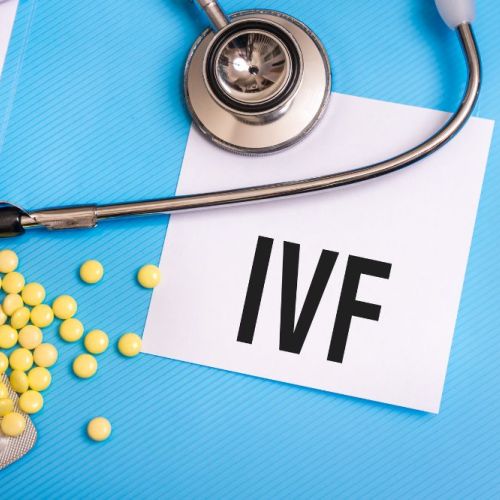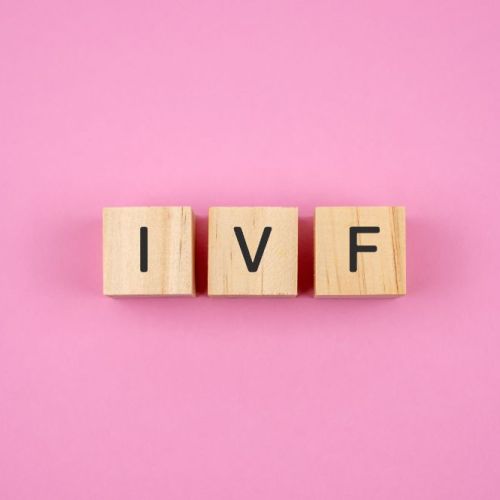Assisted Reproductive Technology Success Rates

Assisted reproductive technology (ART) refers to types of fertility treatment in which procedures are done to improve the chance of getting pregnant that may involve handling sperm, eggs or embryos. Women or couples who have fertility challenges and are frustrated with their inability to conceive a child after a year of trying are often interested in learning what types of fertility treatments are available as well as obtaining information on assisted reproductive technology success rates.
At the Center for Reproductive Health, fertility experts are available to answer your questions. When you schedule a consultation, you and your partner have thorough examinations to try to pinpoint the cause of infertility. Once the exam and testing are done, detailed information is provided on the best type of fertility treatment for you.
In Vitro Fertilization
The most common form of ART is in vitro fertilization (IVF). This involves extracting eggs, preparing sperm and fertilizing eggs in a laboratory setting before implanting them back into the uterus.
There are many factors that can affect the success rates of IVF. One of the biggest factors is age, and if the woman is using her own eggs, success rates decline with age. IVF success rates for women under 35 can be as high as 51%. Success rates decline rapidly with age and women over the age of 40 have a success rate of less than 13 percent.
Older women can improve their chance of success with IVF by using donated eggs for the procedure rather than using their own. If low sperm count or motility is a factor in not being able to conceive a child, donated sperm is an option that may help to improve the chance of success.
Success Rates With Other Types of ART
There are several other types of ART that may be used depending on your individual situation. Artificial insemination may be recommended if fertility challenges are related to male factor infertility, cervical mucous problems or unpredictable ovulation. Success rates of artificial insemination is approximately 25% for women in their early 30s, and success rates for this procedure also decline with age.
Frozen embryo transfer is a form of ART in which frozen embryos are thawed and implanted into the uterus. Embryos may be left over from previous IVF procedures or they may be donated. Women under the age of 35 have success rates as high as 60% when this procedure is done, while women over 40 have success rates of approximately 20%.
Considering ART
At the Center for Reproductive Health, we understand how stressful it is to wish to have a baby and face disappointment month after month. Many couples find that ART provides hope and that it makes having a baby an option for single adults or same sex couples.
If you’re considering fertility treatment, the best thing to do is set up a consultation with the experts at the Center for Reproductive Health. You’ll be provided with the best treatment options for you along with clear information that can help you make your decision. Schedule a consultation today.




